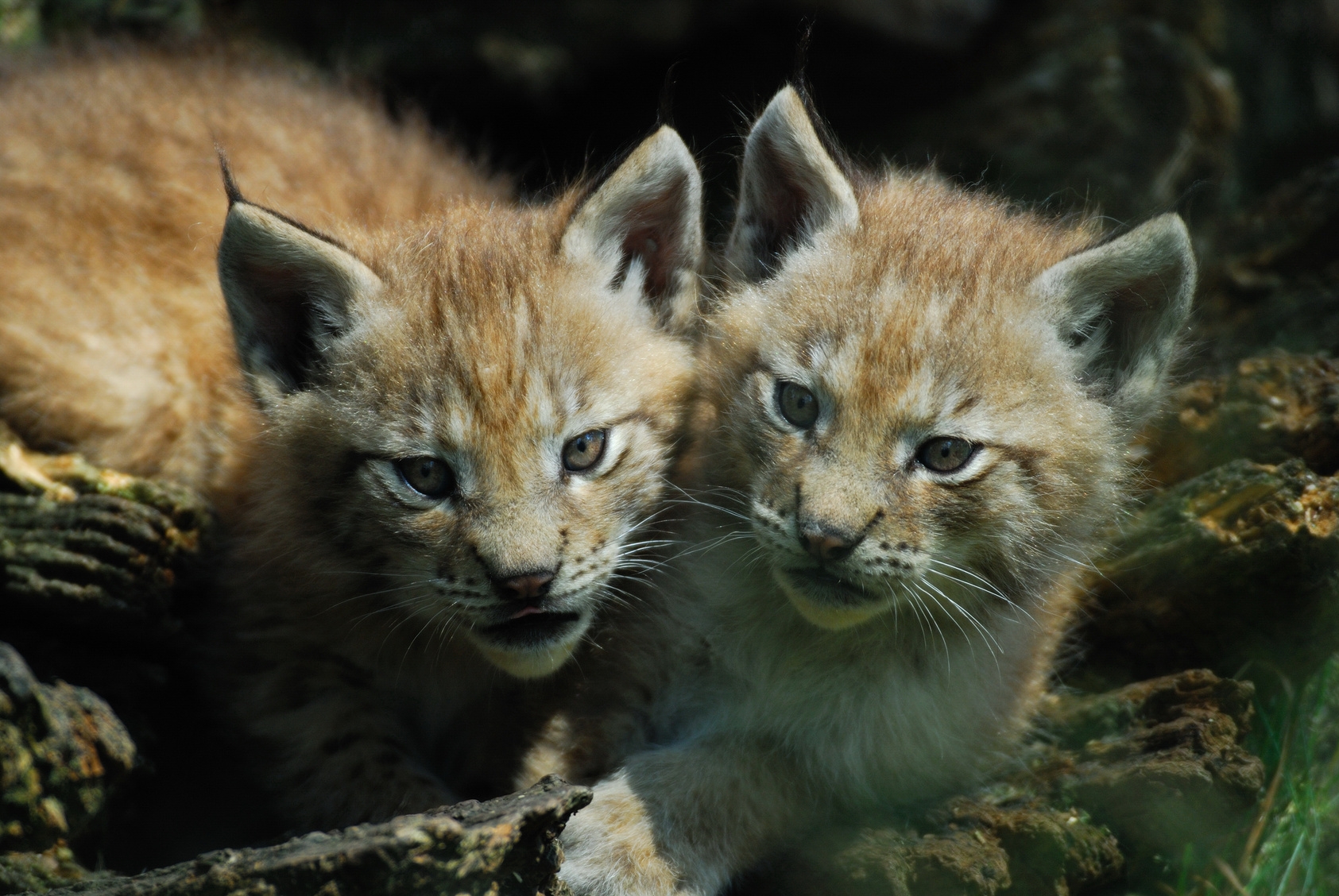Species biology
Lynxes are solitary except for two moments: the mating and the breeding season. Mating season starts in January and ends in March. During this period the individuals become more active in the daytime, they meet and start to vocalize louder than usual. The distance travelled daily by males can increase up to 17 km which increases the size of patrolled territory (Jędrzejewski et al. 2002 r.).

Ovulation is induced by copulation (induced copulation). Though a male can stay with a female for several days, mating lasts several minutes only and the act of copulation is only a dozen or so seconds long. Gestation lasts from 67 to 74 days. Kittens (usually 2-3) are born in spring1), in a so-called nest – a place hard to access, well-hidden (trees felled by wind, young forest stands, hollow trunks, cracks) and heat insulating. Right after birth the cubs are deaf, blind and exposed to hypothermia. For the first two months the only food they take is their mother’s milk. Making an inaccessible nest is a strategy to prevent depredation as the mother spends most of her time on making up for energy losses caused by lactation. Between July and August the kittens are big enough to start following their mother who leads them to prey. The proportion of solid food in their diet increases. In the following months the kittens play and learn this way how to hunt and defend themselves. The young typically remain with their mother until the start of the next breeding season and leave when they are around 9-11 months old. The range of dispersion (travelling in search for new territory) varies. In the conditions of the Białowieża Forest females tend to stay close to their mother’s territories while males travel up to 130 km (Schmidt 1998). The range of a lynx own territory patrolled daily in the Białowieża Forest is 9 km for a male and 7 km for a female.







